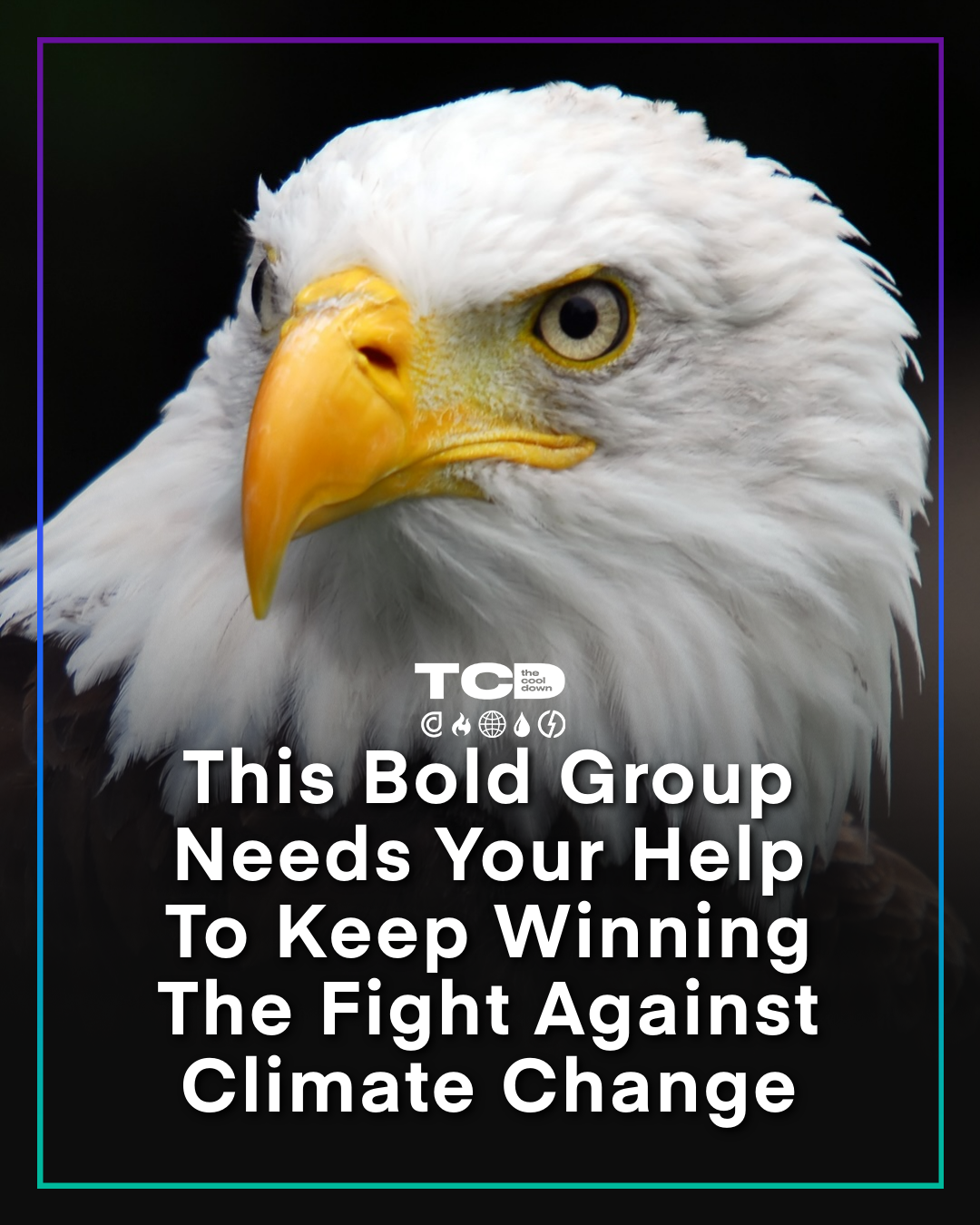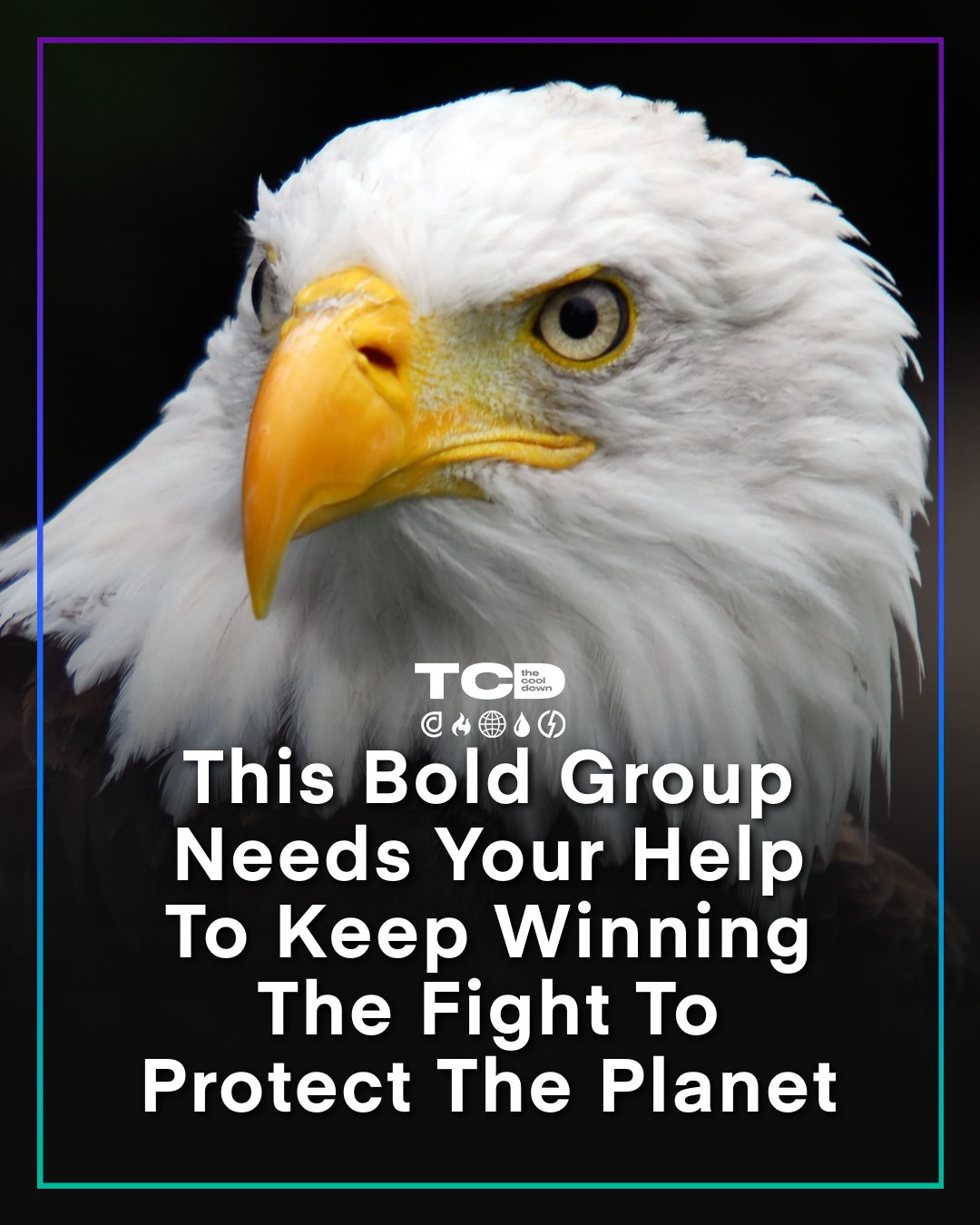Setup
The focus of the test was how organizations can most effectively message and solicit financial support for environmental campaigns. To that end, the two assets were designed to test performance across the following A/B split:
- AMessaging strategies explicitly mentioning "climate change"
- BMessaging strategies using more general environmental terminology
 A
A
 B
B
Test Results
Attention Share and Engagement Share reflect the percentage of test-wide scoring accounted for by individual variants or demographics. Read more below in the Methodology section.
Aggregate Insights
Messaging that explicitly mentioned "climate change" produced more attention at the top of the funnel and more engagement deeper down the funnel.
The overall consistency between the attention and engagement shares across assets suggests that top-of-funnel interest in fighting climate change is matched by genuine passion as well — i.e., using "climate change" as a rallying cry wins hearts as well as eyeballs.
Further testing could compare Attention and Engagement Shares across analogous terms for climate change to determine the language with the biggest impact — e.g., climate change vs. climate crisis vs. global warming vs. climate emergency.
Gender-based attention and engagement shares reflect the relative attention or engagement per gender for each variant. Read more below in the Methodology section.
Gender Insights
Female participants paid more attention to and engaged more with both assets overall than did their male counterparts.
Female participants paid significantly more attention to and engaged much more readily with the explicit "climate change" message than the more general environmental message.
While the male audience also paid more attention to and engaged more readily with the "climate change" message, their relative attention to and engagement with both assets was significantly more balanced than that of the female audience.
Further testing could target the male audience with protection-oriented language about the effects of climate change — e.g., "protect us from extreme weather" or "protect us from wildfires" — in an attempt to build on the balanced interest seen in this test.
Age-based attention and engagement shares reflect the relative attention or engagement per age bracket for each variant. Read more below in the Methodology section.
Age Insights
Audiences under the age of 45 paid significantly more attention to and engaged much more readily with the "climate change" message than the more general environmental message.
Audiences 45 and over paid attention to and engaged with both messages at similar rates, with a slight preference for the general environmental message.
Further testing could target older audiences to see if their lack of enthusiasm for "climate change" messaging is rooted in the term itself or the concept in general — e.g. by swapping out "climate change" for an effect of climate change ("protect us from extreme weather" or "protect us from wildfires") and then testing that asset against the "protect the planet" messaging.
Methodology
This test was conducted with two message variants and a prequalified TCD audience of 2,136 likely adopters. Among those participants, 14% paid measurable attention to the test assets, and 9.7% registered measurable engagement.
Attention Score measures the likelihood that a message will capture eyeballs in the wild. It’s calculated using the rate at which test participants respond to a CTA to learn more about the subject.
Engagement Score measures the likelihood that a message will elicit a meaningful response from the audience. It’s calculated using a proprietary algorithm that weights measurable metrics — shares, saves, likes, etc. — in a way that has proven to be meaningfully correlated (r > .5) to real-world conversion behavior.
Attention Share and Engagement Share reflect the percentage of test-wide scoring accounted for by individual variants or demographics. For example, an engagement share of 25% means the variant or demographic in question accounted for 25% of the cumulative engagement score produced by all segments in the test.







